
National Biscuit Day: A look at ten of Scotland’s favourite biscuits
To dunk or not to dunk, that is the question… the eternal biscuit conundrum.
by Nadia VidinovaFor brilliant recipes, the best of local produce, fresh ideas and insight, subscribe to our weekly Food and Drink Newsletter.
Thank you for signing up to our Food and Drink Newsletter.
Something went wrong - please try again later.
Sign Up
Whichever side of the debate you’re on, it’s fair to say we’re a nation of biscuit lovers. According to research by McVitie’s, the UK has the highest biscuit consumption in the world, higher than all major European countries and even 35% higher than the USA.
In addition, lockdown has given us more opportunities for elevenses and tea-time occasions, with 40% of Brits saying they’ve been enjoying more biscuits than ever during this time.
And a recent study by Waitrose showed that in Scotland, our favourite sweet treats are shortbread and Tunnock’s teacakes, meaning the popularity of the humble biscuit is here to stay.
As we celebrate National Biscuit Day today, we take a look at some of the most popular biscuits in Scotland and their history.
Shortbread
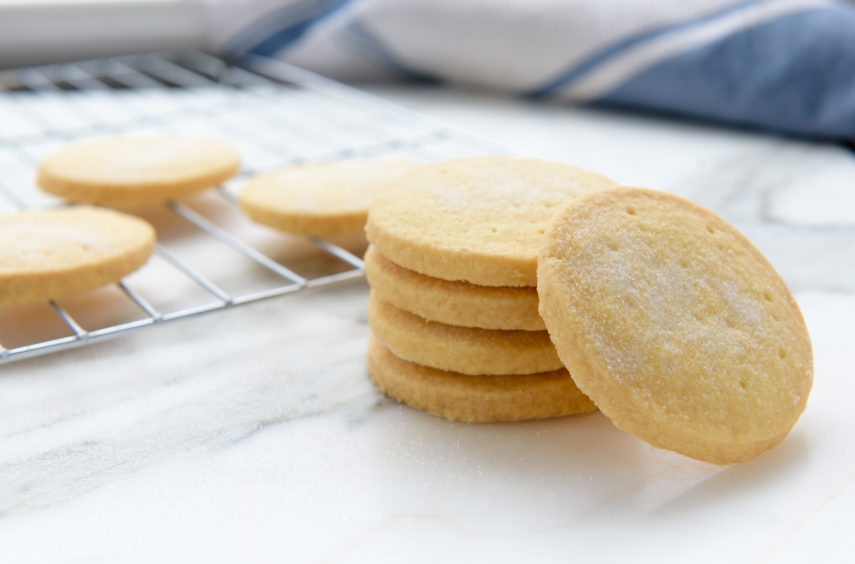
An iconic Scottish treat, shortbread began with the medieval “biscuit bread”. Leftover dough from bread-making was dried out in a low oven until it hardened into a type of rusk, and over time the yeast in the bread was replaced by butter. Even though it’s now an affordable treat, in the past shortbread was an expensive luxury that ordinary people couldn’t afford on a regular basis, so it was reserved for occasions such as weddings, Christmas and New Year.
Tunnock’s Tea Cake
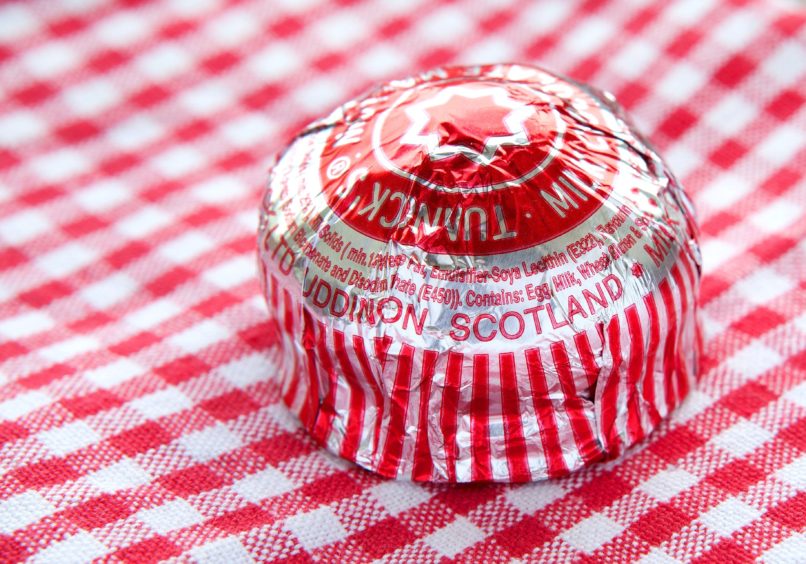
Another Scottish classic, Tunnock’s was founded by Thomas Tunnock 1890, when he purchased a baker’s shop in Uddingston for £80. The company grew into a successful private baking company before hitting the big time with their confectionery line. Today the company makes between 10 and 12 million biscuits and cakes each week, including around three million tea cakes.
Jaffa Cakes
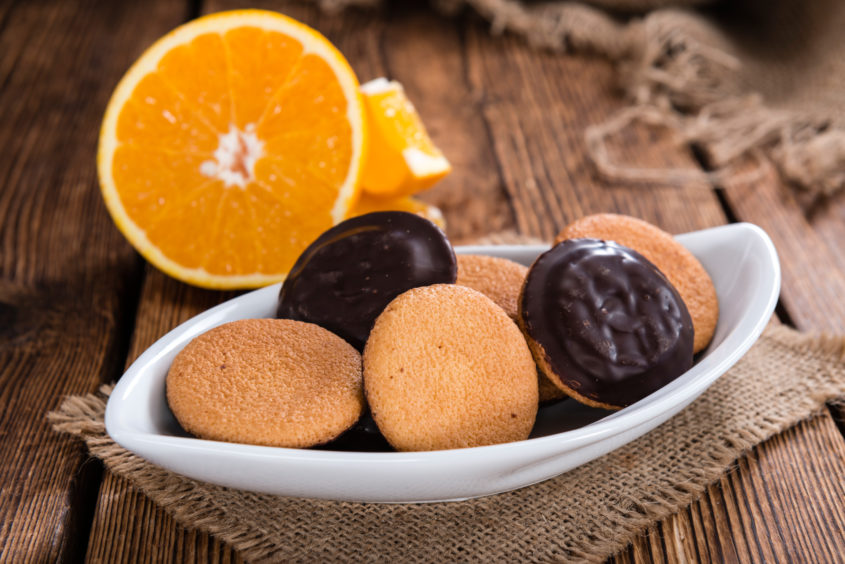
Are they cakes or biscuits? That question was actually debated in court as a legal case first raised in 1991. The battle was sparked by a legal quirk that means tax is charged on chocolate-covered biscuits, but not on cakes. The manufacturer, McVities, had always categorised Jaffa Cakes as cakes, but tax authorities wanted them re-categorised as biscuits.
There were convincing arguments on both sides. Despite the name, Jaffa Cakes are packaged, and marketed like biscuits, and are usually found in the biscuit aisle in shops. On the other hand, they have the ingredients of a traditional sponge cake – eggs, flour and sugar. And when Jaffa Cakes go stale they become hard, unlike biscuits, which become soft.
In the end the adjudicator, a Mr D C Potter ruled that they were cakes, after all.
Digestives
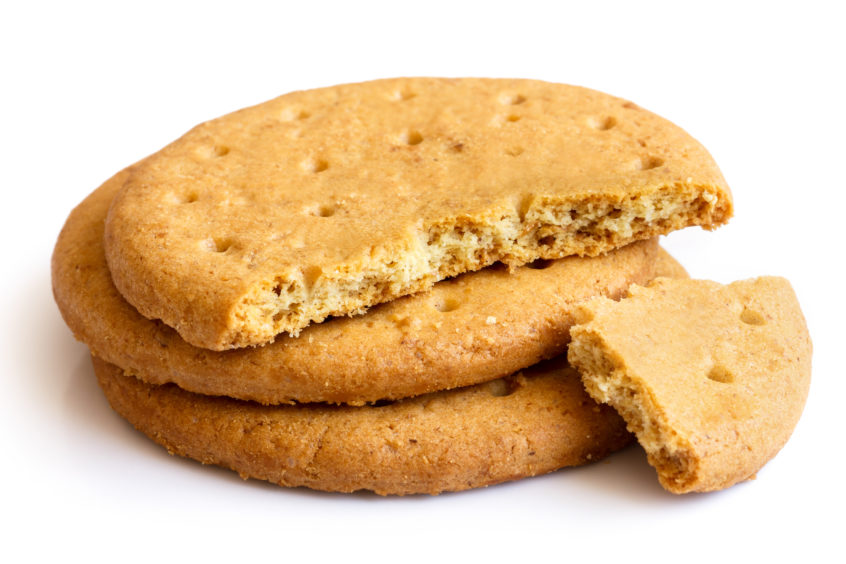
Plain or chocolate covered, the Digestive is one of the nation’s most popular biscuits. Originally called Homewheat biscuits in 1839, McVitie’s used British-grown wheat instead of imported produce – however, the name was later dropped. According to McVitie’s, the name Digestive comes from the baking soda that was used in the production of the biscuits. It was presumed that it settled stomachs, hence the biscuit name. The classic chocolate covered digestive was released in 1925.
Chocolate Tea Cakes
Another epic biscuit-based legal battle was fought in the 1990s and early 00s between the tax man and Marks & Spencer’s over the definition of their best-selling chocolate tea cakes – for similar reasons to the Jaffa cake debacle.

After 13 years (yes, really!), the argument was finally settled in the European Court in 2009. The tea cakes were officially declared cakes, despite having many biscuit-like qualities, and M&S was awarded a £3.5m Vat refund.
Ginger Nuts
The biscuit of choice for many pregnant women (they’re famed for helping with morning sickness), Ginger Nuts have been enjoyed in Britain since the 1840s and enjoyed a big popularity boom in the 1930s right up to the close of the Second world War.
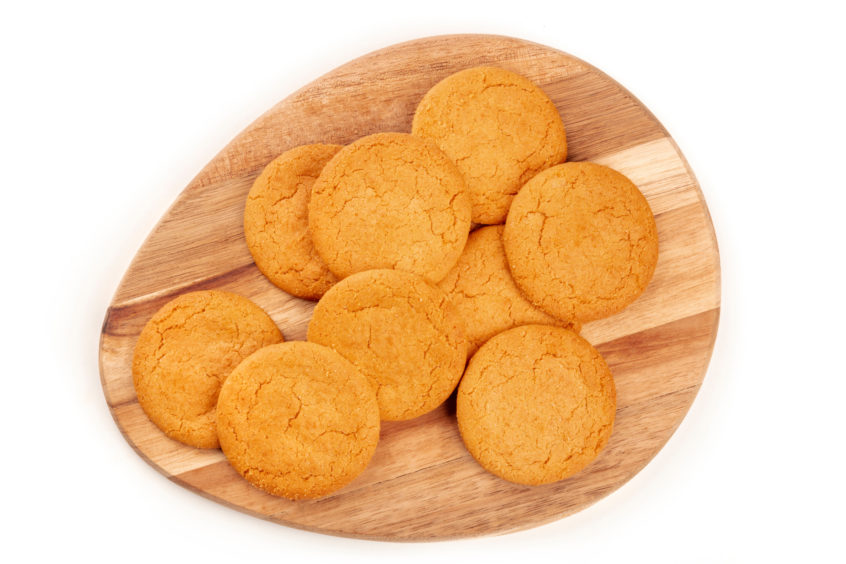
Today they’re enjoyed in many countries besides the UK including Denmark, Australia and New Zealand.
Classic Rich Tea
These are indeed a classic and possibly the most dunk-able biscuits around.
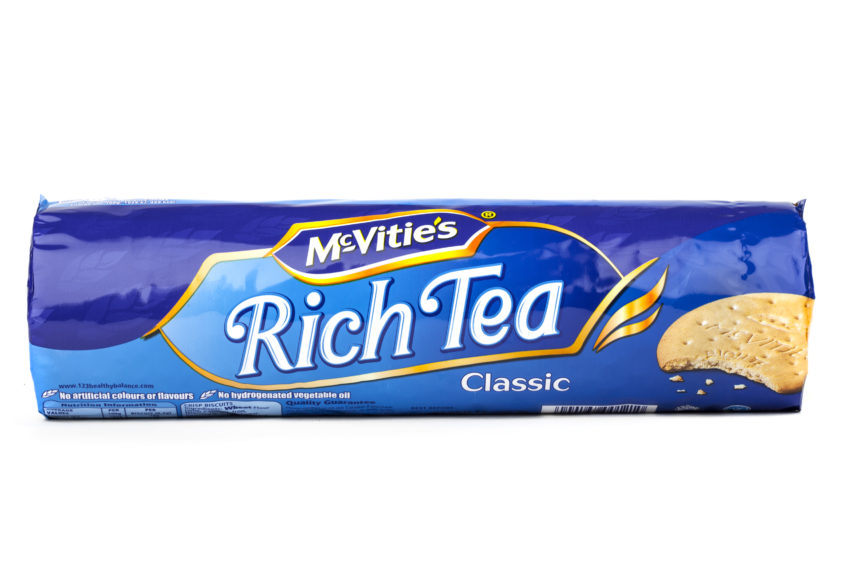
Originally called Tea Biscuits, they were developed in the 17th Century in Yorkshire for the upper classes as a light snack between full-course meals. These days they’re pretty affordable and to be found in most food shops in the UK.
Kit Kat two fingers
Somewhere between a chocolate bar and a biscuit, Kit Kat was launched in September 1935 in the UK as Rowntree’s Chocolate Crisp, and the later two-finger version was launched in 1936.
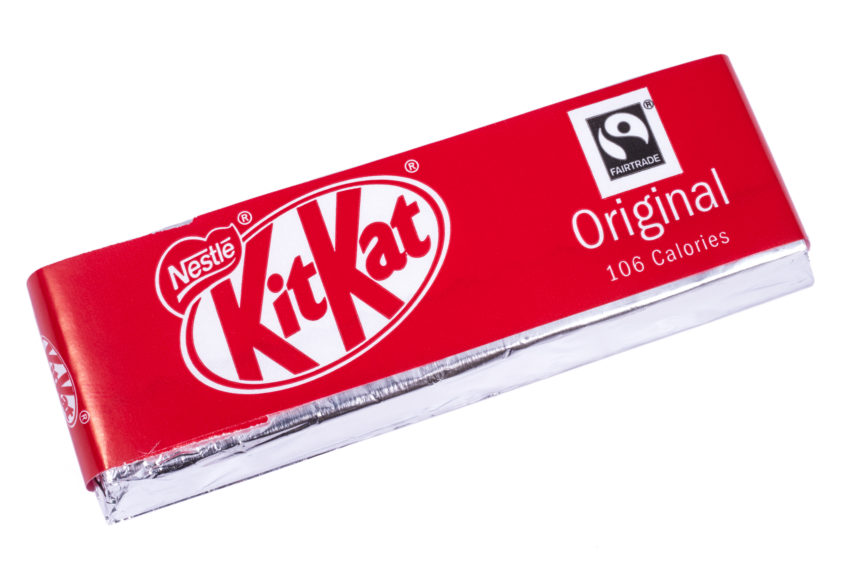
It was renamed Kit Kat Chocolate Crisp in 1937, and just Kit Kat after the Second World War. Nowadays the two-finger biscuit is available as part of multi-packs and is one of the most popular Kit Kat bars.
Custard Creams
It is believed that the custard cream biscuit originated in Britain in 1908.
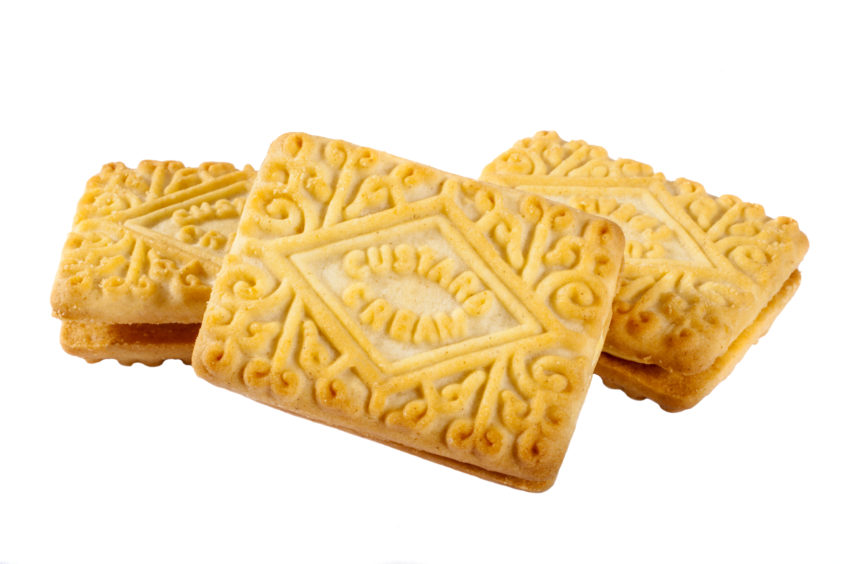
They usually have an elaborate baroque design stamped onto them, originating in the Victorian era and representing ferns. Traditionally, the filling was buttercream, which is still used in home-made recipes, but nowadays cheaper fats have replaced butter in mass-produced biscuits.
Cadbury’s Chocolate Fingers
The prototype for these chocolate treats was first launched in 1897 as part of a biscuit assortment pack, but the modern style of Cadbury’s Chocolate Fingers didn’t emerge until 1951.
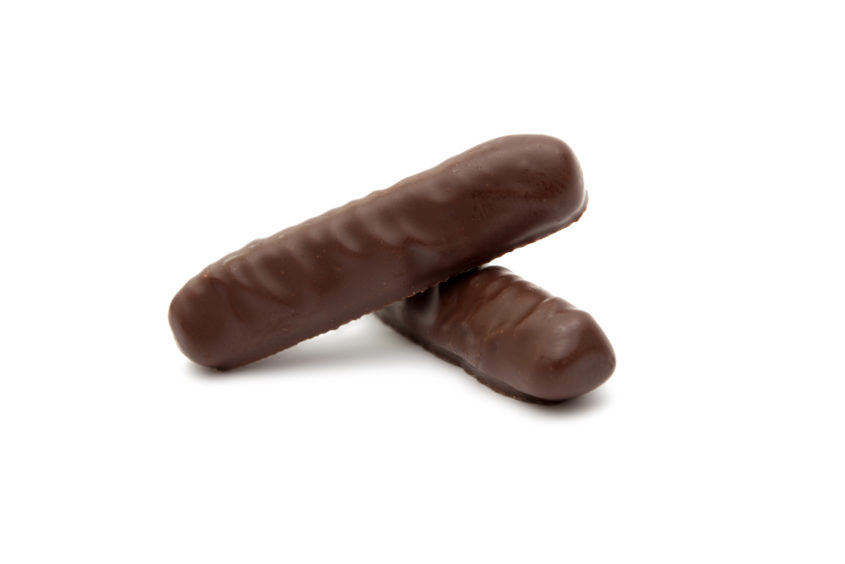
Cadbury’s Fingers are now available in four different flavours – toffee, white chocolate, dark chocolate and double chocolate. Similar chocolate fingers are sold around the world including Europe, the USA, South America and Asia under various brands.
Read more from National Biscuit Day…

Help support quality local journalism … become a digital subscriber to The Courier
For as little as £5.99 a month you can access all of our content, including Premium articles.
Subscribe
Tags
- Biscuits
- Cadbury's chocolate fingers
- cake or biscuit
- Cakes
- Classic Rich Tea
- court case
- custard creams
- Digestives
- dunking
- food
- ginger nuts
- Jaffa Cakes
- Kit Kat two fingers
- M&S chocolate tea cakes
- Marks and Spencers
- national biscuit day
- shortbread
- tea
- Tunnock's Tea Cakes
More from The Courier Food & Drink team

Wine Notes: Our expert urges us to take a closer look at Riesling and Gruner Veltliner varieties
May 29 2020

My Memories in Meals: Gleaneagles chef on how his career took him from Shanghai to London’s banking world
May 29 2020

Malnutrition: Scotland’s hidden food issue and how to spot the signs
May 29 2020
More from The Courier

JIM SPENCE: Dundee United supporters must rally to give their club a transfer market boost
Premium Content

Dealt-in Murray Davidson reckons Tommy Wright will be a tough act to follow at St Johnstone

Dave Rennie moves on from Glasgow with pride and a little regret

Coronavirus: Chancellor extends support for self-employed but warns of ‘hardship ahead’

Analysis: Chancellor of the Exchequer Rishi Sunak takes his first steps towards an uncertain destination

Coronavirus: What changes have been announced to the furlough scheme and self-employed support?